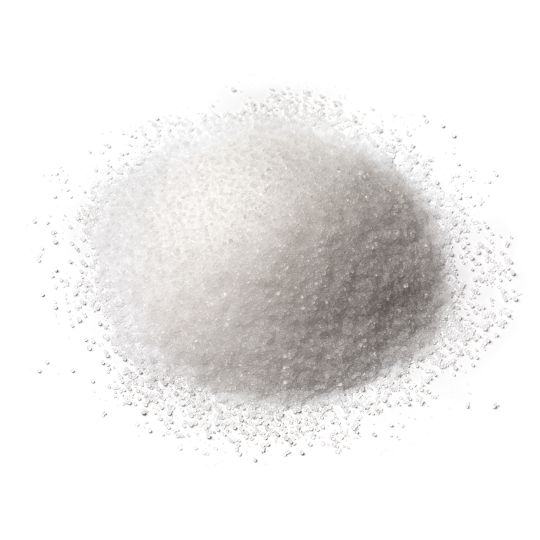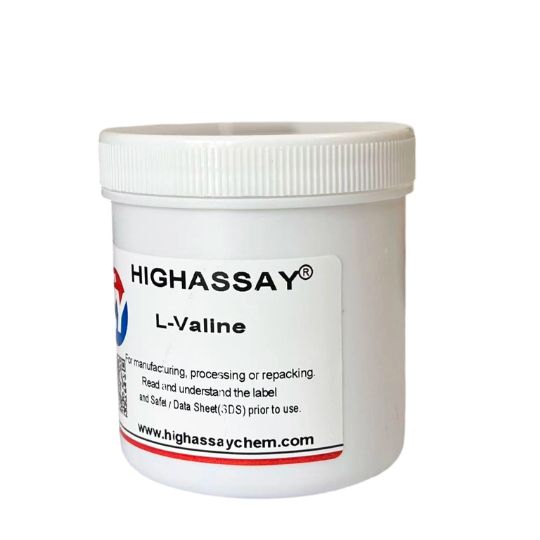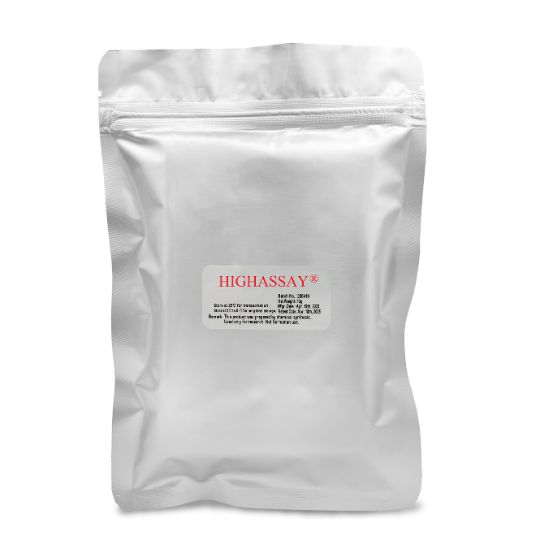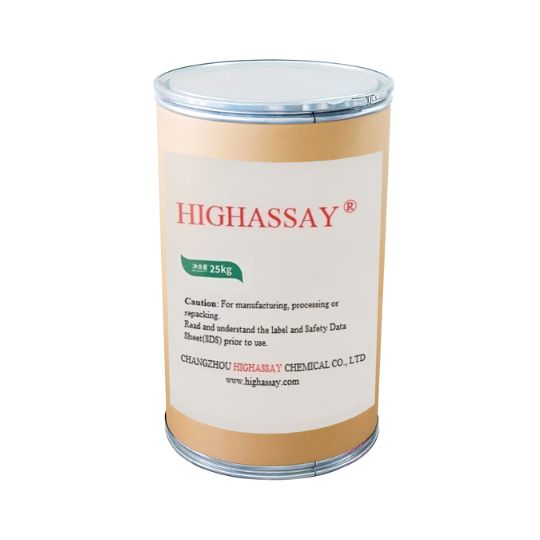A Brief Introduction to L-Valine
Molecular Formula:C5H11NO2
Molecular Weight:117.15
CAS No.:72-18-4
Appearance:White crystals or powder
Regular commercial package: 25kg/drum
Overview of L-Valine
L-Valine is an essential amino acid. Most meats, grains, and legumes are rich in L-Valine. For ordinary people without special needs, L-Valine is sufficient through dietary supplementation. However, for those with specific needs, can also be taken as supplements. If supplementation is necessary, a combined supplement is recommended to maintain the body’s amino acid balance and maximize its effectiveness. As a key amino acid, it plays a crucial role in promoting brain development, growth, and maintaining a healthy nervous system.
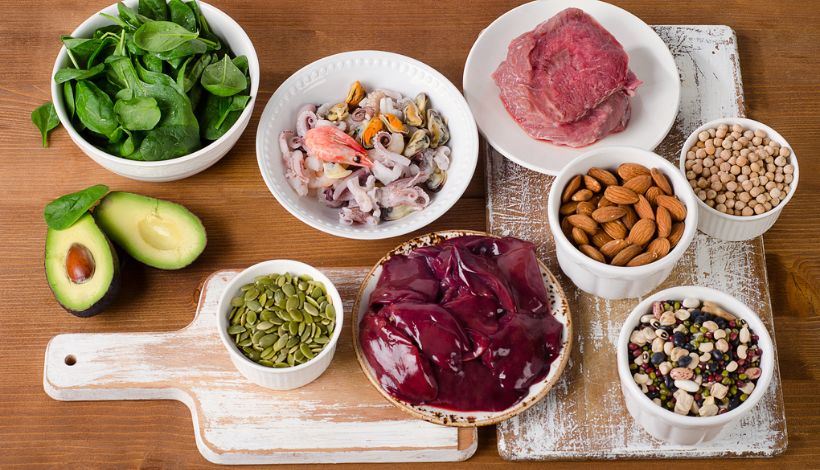

L-Valine Benefits
- L-Valine can provide sufficient energy for muscles and accelerate the synthesis of muscle protein. In addition to being widely used by sports enthusiasts, it is also recommended that the elderly take an appropriate amount of supplementation to prevent nutrient loss in their muscles.
- L-Valine removes excess nitrogen from the liver through urea elimination and delivers needed nitrogen to various parts of the body, promoting cell repair and maintaining cellular integrity.
- L-Valine, when taken as a supplement alongside the other two branched-chain amino acids (isoleucine and leucine), is more effective in relieving muscle tone. It can also be used for postoperative recovery and to prevent symptoms of muscle atrophy.
- L-Valine production methods vary, but microbial fermentation offers the advantages of low cost, mild reaction conditions, and large-scale production.
- L-Valine has a stimulating effect on the central nervous system. In addition to alleviating mood and improving memory, it can also enhance sleep quality.
If you have any questions about processing L-Valine, Highassay’s R&D team is here to help.
Applications of L-Valine
Highassay adheres to strict quality control (QC) to produce L-Valine .Buy L-Valine in bulk from us now to get competitive market prices.
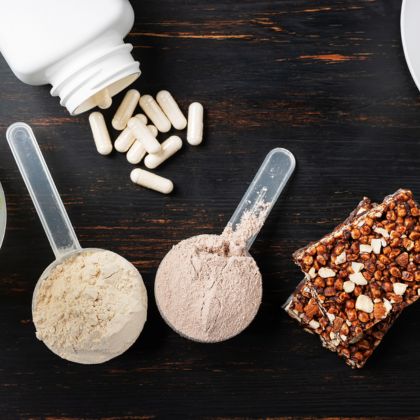 Nutritional Supplements
Nutritional SupplementsWidely used by fitness and athletic groups, it can promote muscle synthesis, accelerate recovery, and relieve fatigue.
 Pharmaceutical Intermediates
Pharmaceutical IntermediatesInjected into the human body as an injection, it can be used to treat liver failure and protect organs.
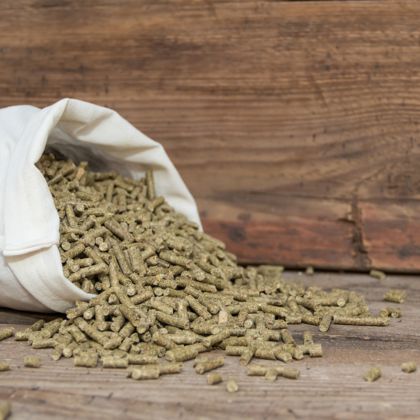 Animal Feed
Animal FeedAdded to animal feed as a nutritional supplement, it can improve growth and immunity.
 Agriculture
AgricultureAdded to agricultural fertilizers, it promotes crop growth and improves quality.
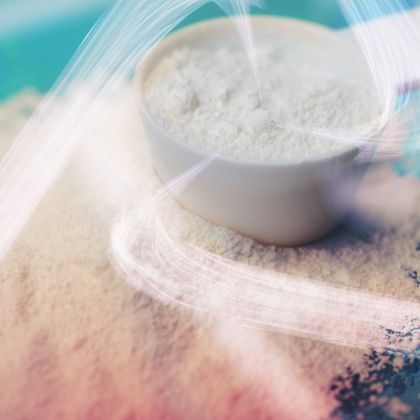
About L-Valine
- Insufficient L-Valine in the body can cause central nervous system disorders and limb incoordination; slow protein synthesis, hindering growth and wound healing; weaken the immune system, increasing the susceptibility to illness and infection; and lead to decreased appetite, depression, and poor sleep quality.
- Excessive L-Valine intake can burden the liver and kidneys, impairing their function; and cause the central nervous system to become overexcited, causing symptoms such as nausea and vomiting.
- L-Valine supplementation is recommended based on individual age, physical condition, and needs. If possible, taking a mixed amino acid supplement is recommended for optimal results.
- To maintain the effectiveness of the L-Valine raw material, it is recommended to store it in a dark, airtight container at room temperature.
- We are a supplier of L-Valine raw materials from China. High-quality products and low prices are our greatest competitive advantages. We welcome inquiries and purchases.
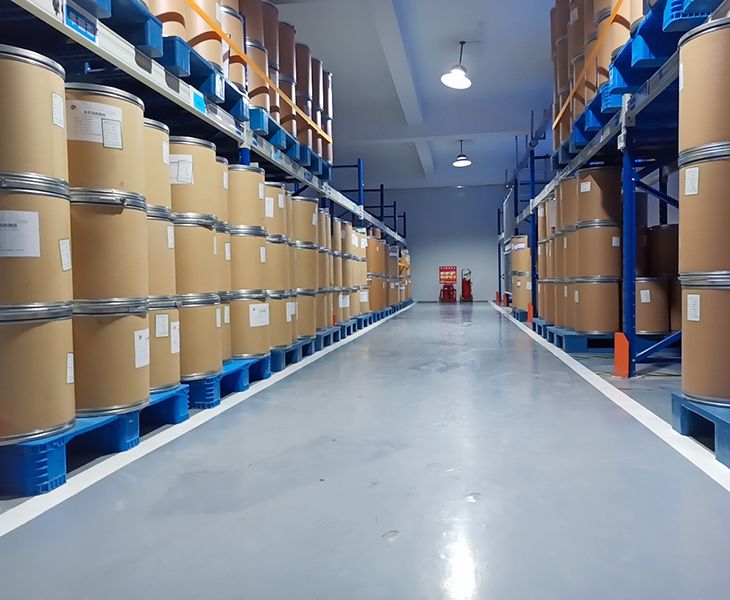
Specification of L-Valine
| L-Valine | CP2020 | EP11 | USP2023 | USP24 | AJI92 | FCC11 | High Purity | Instant | Granulation |
| Assay | ≥98.5% | 98.5-101.0% | 98.5-101.5% | 98.5-101.5% | 99.0-100.5% | 98.5~101.5% | ≥98.5% | ≥95.0% | ≥95% |
| PH | 5.5-6.5 | / | 5.5-7.0 | 5.5-7.0 | 5.5-6.5 | 5.5~7 | 5.5-6.5 | / | / |
| Binder content | / | / | / | / | / | / | / | / | ≤5% |
| Lecithin | / | / | / | / | / | / | / | 0.5~1.0% | / |
| Specific rotation[a]D20 | +26.6°-+28.8° | +26.5°-+29.0° | / | / | +27.6°-+29.0° | +26.7° ~+29° | +26.6°-+28.8° | / | / |
| Specific rotation[a]D25 | / | / | +26.6°-+28.8° | +26.6°-+28.8° | / | +26.6° ~+28.9° | / | / | / |
| Bulk Density | / | / | / | / | / | / | / | ≥0.30g/ml | ≥0.45g/ml |
| Tapped Density | / | / | / | / | / | / | / | ≥0.50g/ml | ≥0.55g/ml |
| Transmittance(T430) | ≥98.0% | / | / | / | ≥98.0% | / | ≥98.0% | / | / |
| Appearance of solution | / | clear & colorless ≤BY6 | / | / | / | / | / | / | / |
| Chloride(Cl) | ≤0.02% | ≤0.02% | ≤0.05% | ≤0.05% | ≤0.02% | / | ≤0.02% | / | / |
| Ammonium(NH4) | ≤0.02% | ≤0.02% | / | / | ≤0.02% | / | / | / | / |
| Sulfate(SO4) | ≤0.03% | ≤0.03% | ≤0.03% | ≤0.03% | ≤0.02% | / | ≤0.03% | / | / |
| Iron(Fe) | ≤10PPM | ≤10PPM | ≤30PPM | ≤30PPM | ≤10PPM | / | ≤0.001% | / | / |
| Heavy metals(Pb) | ≤10PPM | / | / | ≤15PPM | ≤10PPM | / | ≤0.001% | ≤10ppm | ≤10ppm |
| Arsenic | ≤1PPM | / | / | ≤1.5PPM | ≤1PPM | / | / | ≤1ppm | ≤1ppm |
| Lead | / | / | / | / | / | ≤ 5 ppm | / | ≤5ppm | ≤5ppm |
| Cadmium | / | / | / | / | / | / | / | ≤1ppm | / |
| Mercury | / | / | / | / | / | / | / | ≤0.3ppm | / |
| Other amino acids | ≤0.5% | / | Individual impurities≤0.5% Total impurities≤2.0% | / | conforms | / | Alanine≤0.4% Phenylalanine≤0.2% Isoleucine≤0.5% Leucine≤0.5% Total impurities≤0.5% | / | / |
| Ninhydrin-positive substances | / | Impurity B at 570 nm≤0.4% Each impurity ≤0.2% Total ≤1.0% | / | / | / | / | / | / | / |
| Insoluble foreign matter | / | / | / | / | / | ≤ 50 ppm | / | / | / |
| Particle Size Range | / | / | / | / | / | / | / | ≥95% through 80 mesh | ≥90% through 20 mesh ≤30% through 80 mesh |
| Loss on drying | ≤0.20% | ≤0.50% | ≤0.30% | ≤0.30% | ≤0.20% | ≤ 0.3% | ≤0.2% | ≤1.0% | ≤2.0% |
| Residue on ignition | ≤0.10% | ≤0.10% | ≤0.10% | ≤0.10% | ≤0.10% | ≤ 0.1% | ≤ 0.1% | ≤0.50% | ≤0.5% |
| Organic volatile impurities | / | / | / | conform | / | / | / | / | / |
| Endotoxin | <20EU/g | <20EU/g | <20EU/g | / | / | / | / | / | / |
| Total plate count | ≤ 1000 CFU/g | ≤ 1000 CFU/g | ≤ 1000 CFU/g | ≤ 1000 CFU/g | ≤ 1000 CFU/g | ≤ 1000 CFU/g | ≤ 1000 CFU/g | ≤ 1000 CFU/g | ≤ 1000 CFU/g |
| Moulds & Yeasts | ≤ 100 CFU/g | ≤ 100 CFU/g | ≤ 100 CFU/g | ≤ 100 CFU/g | ≤ 100 CFU/g | ≤ 100 CFU/g | ≤ 100 CFU/g | ≤ 100 CFU/g | ≤ 100 CFU/g |


